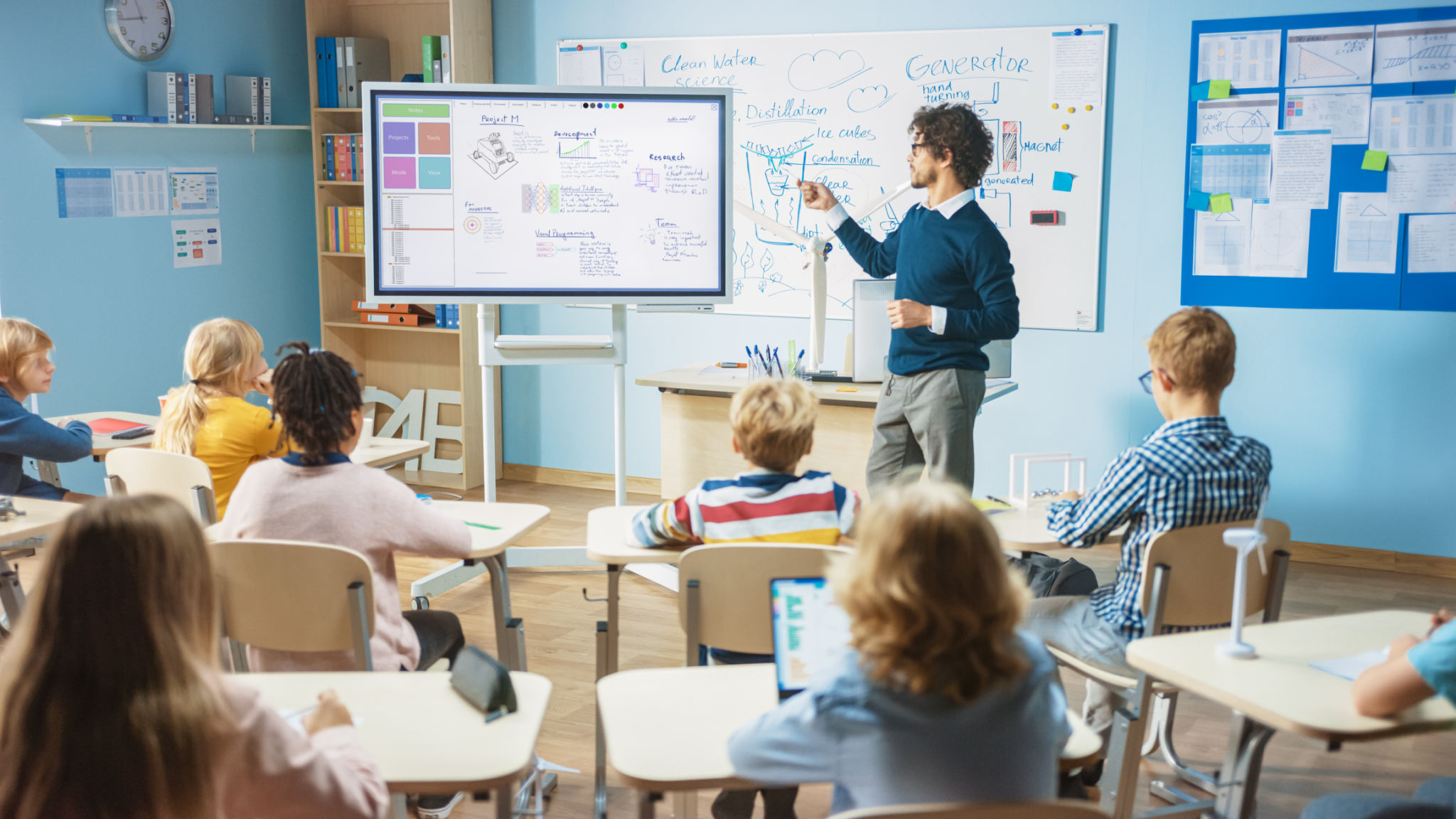Innovative Education Solutions: How Interactive Screens Transform Learning
The Rise of Interactive Screens in Education
In recent years, the educational landscape has seen a seismic shift towards integrating technology into the learning environment. Among the myriad of technological advancements, **interactive screens** have emerged as a game-changer, transforming traditional classrooms into dynamic hubs of learning. These screens are not just tools; they are catalysts for a more engaging and immersive educational experience.
Interactive screens provide an intuitive platform for both teachers and students to interact with educational content in real-time. This enables a more personalized learning journey, where students can actively participate and collaborate with their peers. The interactive nature of these screens fosters an environment where students are encouraged to explore and discover new concepts at their own pace.

Benefits of Interactive Screens
The incorporation of interactive screens in education offers numerous advantages that enhance the teaching and learning process. One of the most significant benefits is the ability to cater to different learning styles. Whether students are visual, auditory, or kinesthetic learners, interactive screens provide a versatile platform that can adapt to various educational needs.
Additionally, these screens facilitate immediate feedback, allowing teachers to quickly assess student understanding and adjust their teaching strategies accordingly. This real-time interaction helps to identify knowledge gaps and address them promptly, ensuring that no student is left behind.
Enhancing Student Engagement
Interactive screens are instrumental in boosting student engagement. By incorporating multimedia elements such as videos, animations, and interactive simulations, teachers can create lessons that are not only informative but also captivating. This multi-sensory approach helps to maintain students' attention and improves retention rates.
Furthermore, the collaborative features of interactive screens enable students to work together on projects and problem-solving activities. This cooperation not only enhances their critical thinking skills but also prepares them for real-world scenarios where teamwork is essential.

Overcoming Challenges
Despite their numerous benefits, the integration of interactive screens in education is not without its challenges. One of the main obstacles is ensuring that both teachers and students are adequately trained to use these tools effectively. Ongoing professional development is crucial to maximize the potential of interactive screens in the classroom.
Additionally, schools must address concerns related to budget constraints and infrastructure requirements. Investing in quality equipment and reliable internet connectivity is essential to fully harness the power of interactive screens.
The Future of Learning
As educational institutions continue to embrace technology, the role of interactive screens will undoubtedly expand. These screens are paving the way for a future where education is more personalized, inclusive, and effective. By fostering a more interactive and engaging environment, they hold the promise of transforming how knowledge is imparted and absorbed.

In conclusion, interactive screens are more than just technological novelties; they are powerful tools that can revolutionize the educational experience. As we move towards a digital age, embracing innovative solutions like interactive screens will be key to preparing the next generation for a rapidly evolving world.
